Draconid meteor shower 2025: Everything you need to know
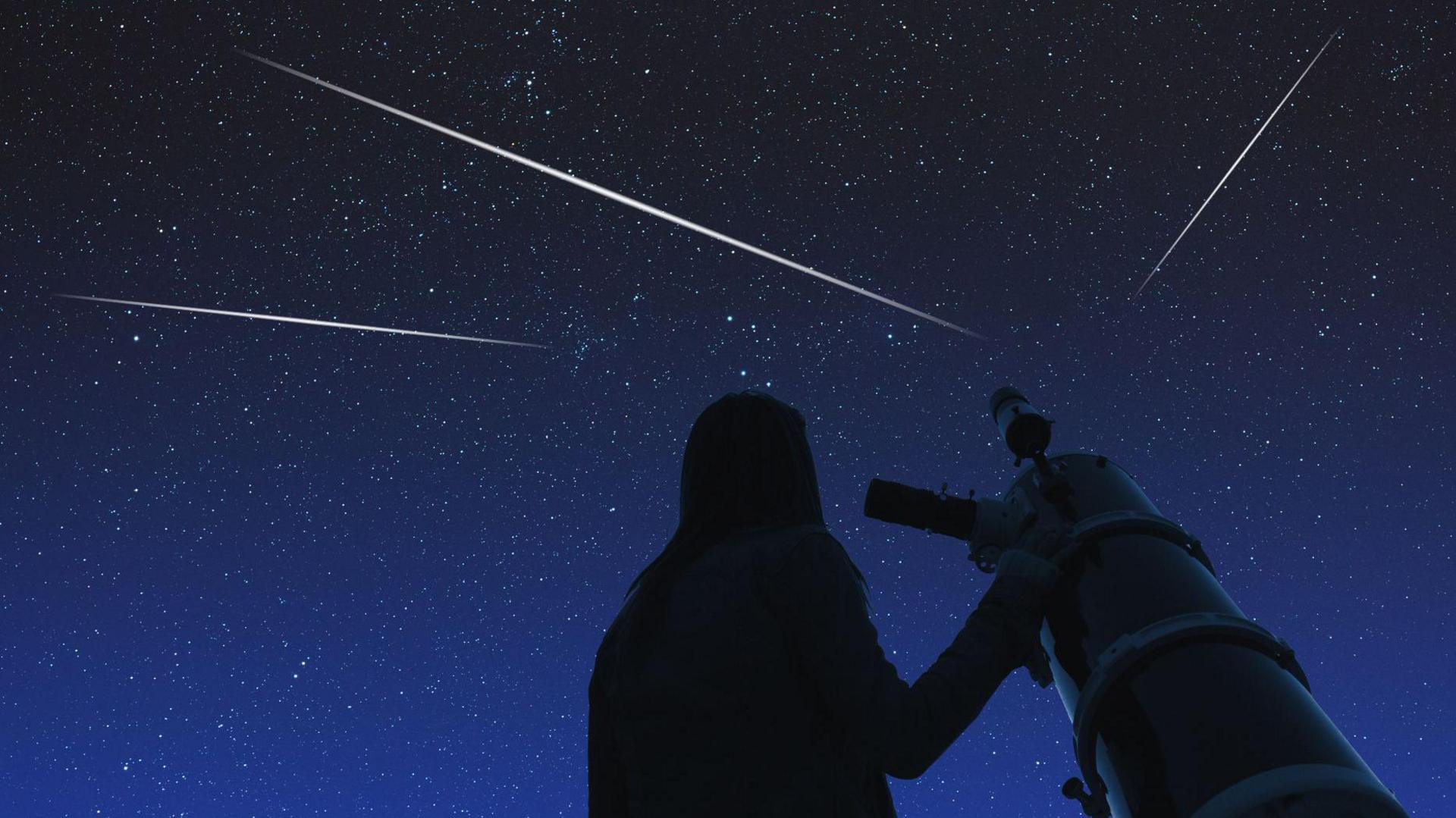
- Published
At Newsround we love to keep tabs on what's happening in our skies.
Every October we are graced with two special meteor showers - the Draconids and the Orionids.
This year, the Draconid meteor shower takes place between Monday 6 October and Friday 10 October, but will be most visible on Wednesday 8 October, in the evening.
Get some top stargazing tips from a space expert
- Published8 August
What is Astronomy?
- Published4 October 2019
Meteors, meteorites, asteroids and comets - what's the difference?
- Published13 February 2023
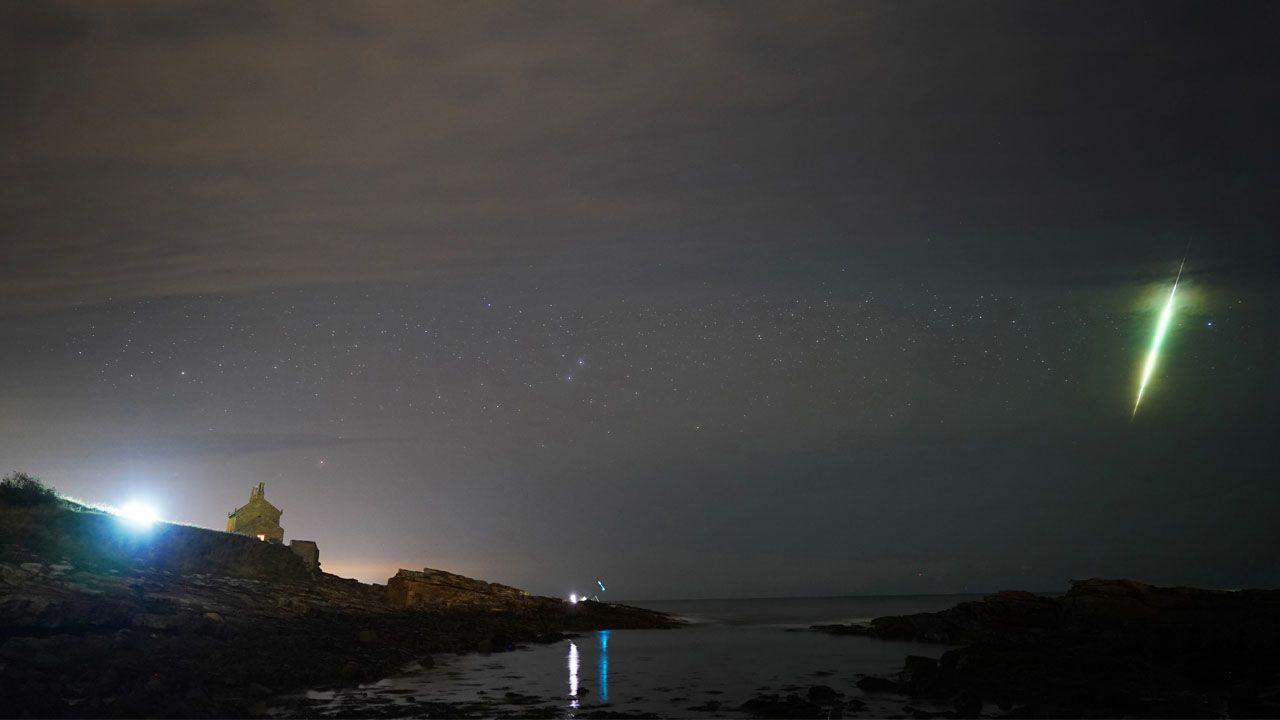
A fisherman took this picture of a meteor during the Draconid meteor shower in Northumberland in 2021
The Draconid meteor shower is on the smaller side and can only be visible from the northern hemisphere, which is the northern half of the Earth.
However, you can still expect to see a few meteors streak across the sky.
The rate of meteors during the shower's peak depends upon which part of the comet's trail the Earth's orbit intersects on any given year.
So what exactly is it? And what's your best chance of seeing it? Don't worry - Newsround's got you covered.
What are meteors?
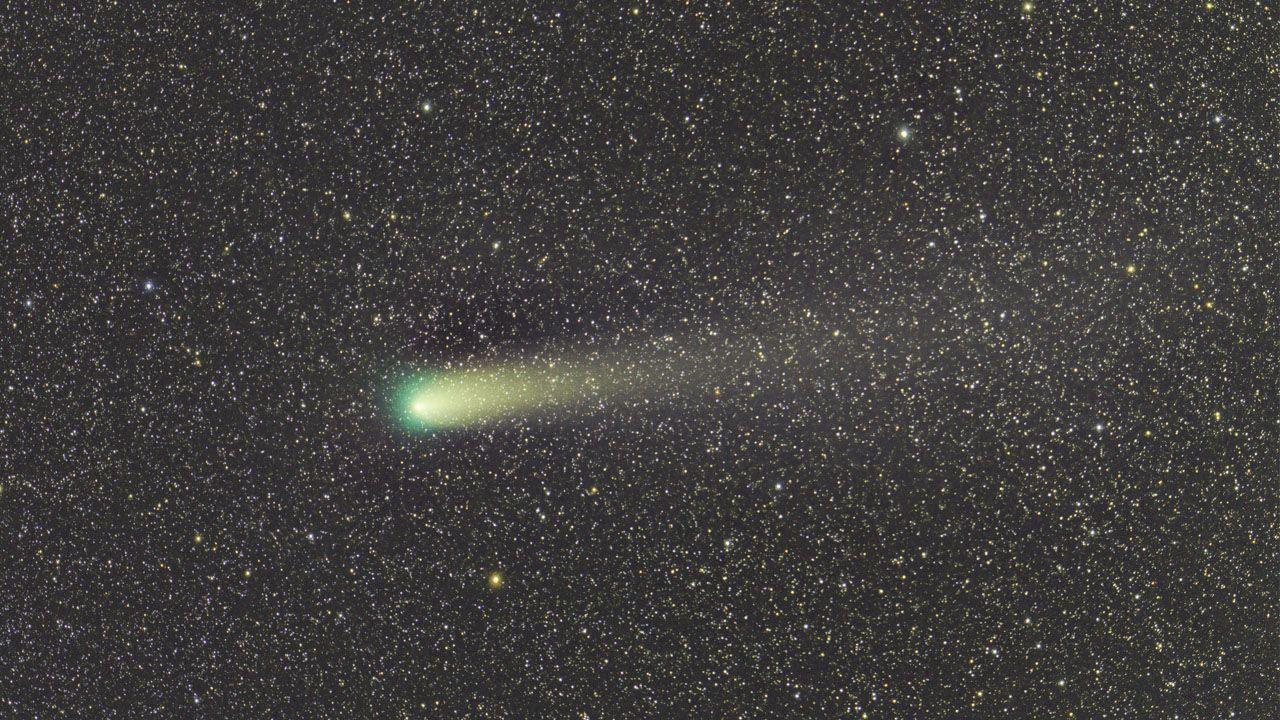
The Draconid meteor shower comes from comet 21 P/ Giacobini-Zinner
Meteors are bits of rocks and ice spewed out by comets as they move in their orbits around the Sun.
These small pieces can be as tiny as a grain of sand, but when they burn up in the Earth's atmosphere, they can create bright streaks of light through the night sky - that's what's known as a shooting star.
What are the Draconids?
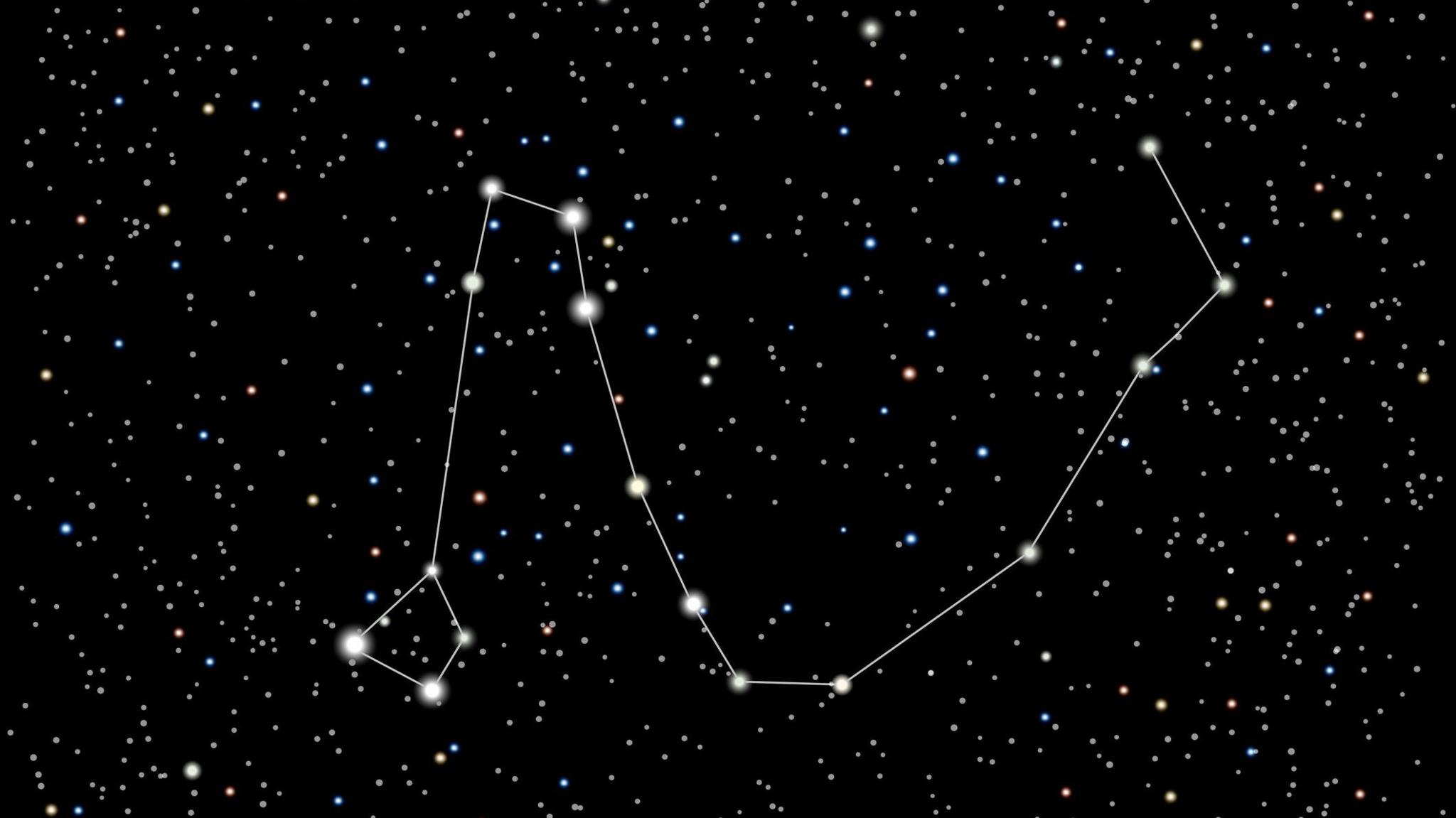
The constellation Draco - the Dragon
The Draconid meteor shower is named after the constellation Draco - meaning the Dragon.
Meteor showers are caused when the Earth travels through a cloud of cometary debris.
In this case, the Draconid meteor shower comes from the debris of comet 21 P/ Giacobini-Zinner.
The meteors enter the atmosphere at incredibly high speeds, ranging from around 11km (7 miles) to 72km (45 miles) per second.
Earth passes close to the orbit of this comet in early October each year.
When to watch?
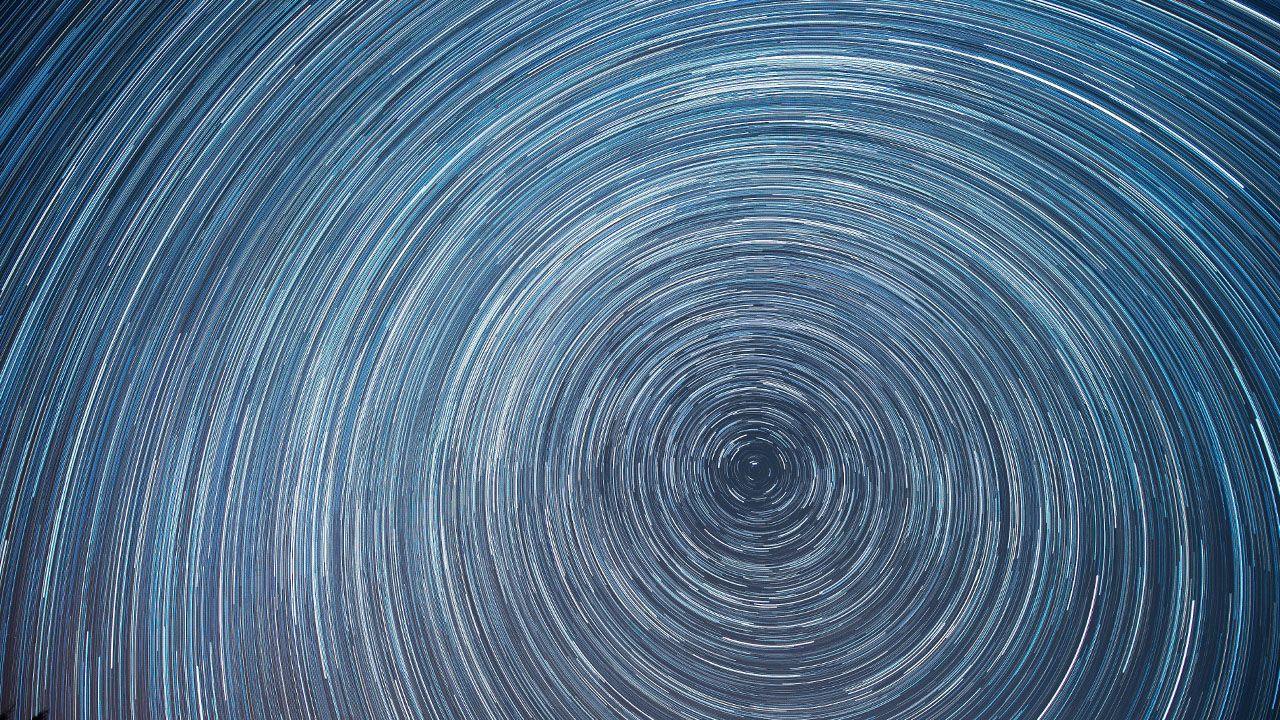
This photo is made up of 356 images of moving stars during a Draconid meteor shower in 2023
Although the Draconids are generally a more low-key display compared to some of the larger showers later on in the year, they can be full of surprises.
In 1933 and 1946 stargazers saw thousands of meteors per hour and hundreds in 2011, according to astronomy experts EarthSky.
This year's shower falls at the same time as the full Moon, whose brightness might make it harder to see the meteors.
Unlike most other meteor showers that are best seen in the early hours of the morning, the Draconids are actually best seen in the early evening, after the Sun has set.
How can I watch the Draconid meteor shower?
De-Graft got some top stargazing tips from astronomer Dr Renske Smit
Top tips for watching the Draconid meteor shower include:
Finding somewhere with a good, clear view of the stars with as few clouds as possible
Making sure to avoid direct sources of light in your eyes, such as street lights and lights from homes and buildings
Wrap up warm
You won't need to use a telescope or binoculars to view the meteor shower - your eyes should work just as well
